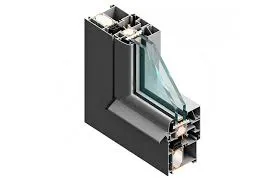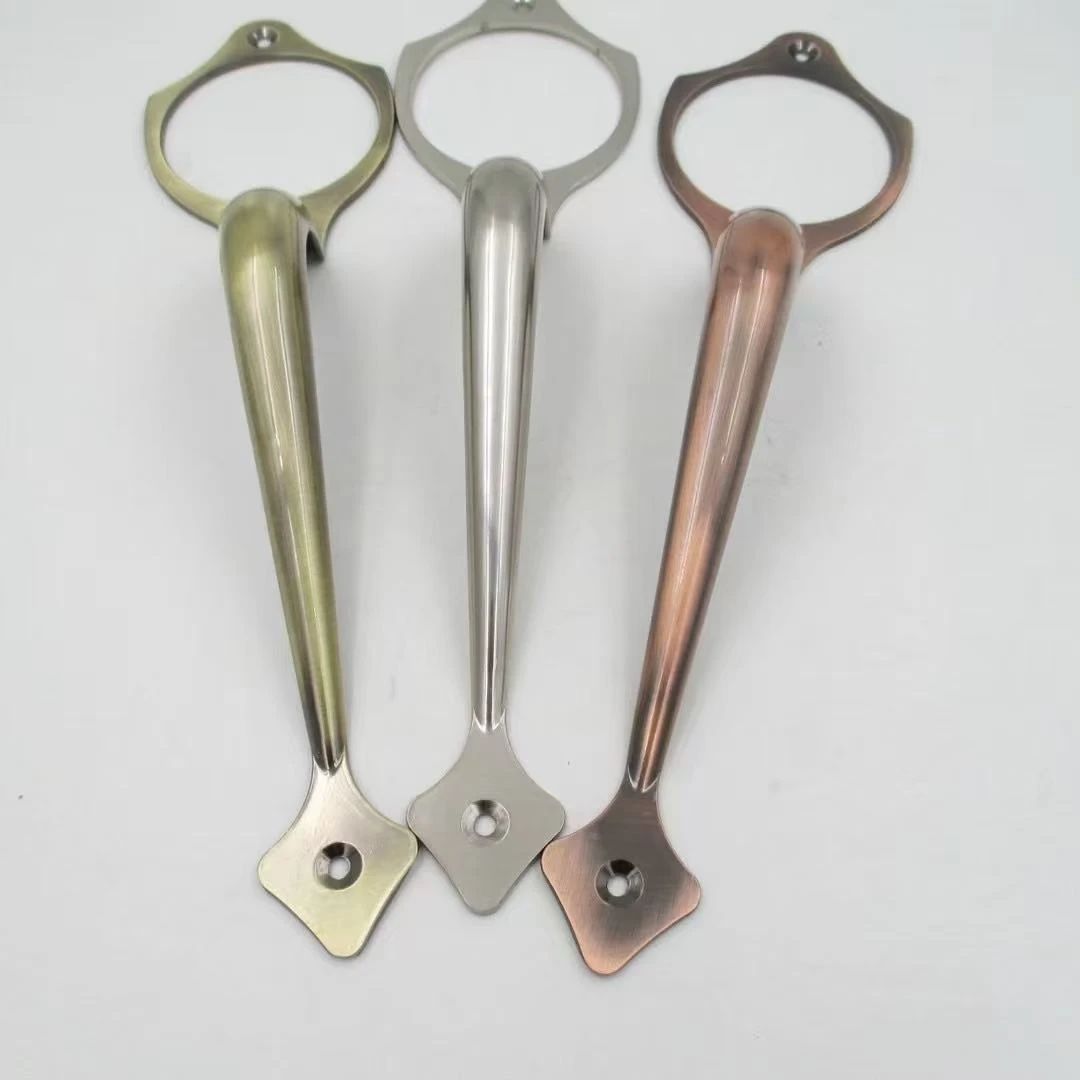adjusting screen door rollers
Adjusting Screen Door Rollers A Complete Guide
Screen doors play a crucial role in protecting your home from insects while allowing fresh air to flow in. Over time, however, screen door rollers can wear out or become misaligned, causing your door to slide improperly or become difficult to open and close. Adjusting the screen door rollers is a simple yet effective solution to restore smooth operation and extend the life of your door. In this article, we will provide you with a step-by-step guide to adjusting screen door rollers.
Understanding Screen Door Rollers
Screen doors typically have rollers located at the bottom that help facilitate smooth sliding on a track. These rollers can be made of plastic or metal and may wear down or become damaged over time due to frequent use or environmental factors. If you notice that your screen door is sticking, doesn't close properly, or leans to one side, it may be time to adjust the rollers.
Tools You Will Need
Before you begin the adjustment process, gather the following tools
- A screwdriver (usually a flat-head or Phillips, depending on your roller design) - A level (for checking alignment) - A cleaning cloth or sponge (optional) - Lubricant (optional, for smoother operation)
Steps to Adjust Screen Door Rollers
Step 1 Remove the Screen Door
To access the rollers, you may need to remove the screen door from its frame. Most screen doors can be lifted out of the track once the top is tilted slightly away from the frame. If your door has a clip or latch, disengage it before removal.
Step 2 Inspect the Rollers
With the door removed, carefully inspect the rollers for wear and damage. Check if they are dirty or obstructed by debris. Clean the rollers with a damp cloth if needed. If you notice significant wear or damage, you may need to replace the rollers instead of adjusting them.
Step 3 Adjust the Roller Height
adjusting screen door rollers

Most screen doors have a mechanism to adjust the height of the rollers. This is usually accessed by turning a screw located on the roller assembly. Use your screwdriver to make adjustments
- To raise the door Turn the screw clockwise. This will lift the roller higher on the track. - To lower the door Turn the screw counterclockwise. This will lower the roller.
While adjusting, place the screen door upright and check the fit against the frame. Ideally, the door should sit snugly within the frame without excessive gaps at the top or bottom.
Step 4 Align the Screen Door
Once you’ve adjusted the height of the rollers, check if the door is aligned properly. Use a level to ensure that the door is plumb (vertically straight) and that it meets the frame evenly. Adjust the rollers as needed until the door is aligned correctly.
Step 5 Lubricate the Rollers (Optional)
If the rollers are not sliding smoothly after adjustments, consider applying a small amount of lubricant to them. This can help improve sliding performance and reduce wear. Be cautious not to over-lubricate, as excess lubricant can attract dirt and debris.
Step 6 Reinstall the Screen Door
Carefully lift the screen door back into the frame, aligning the rollers with the track. Ensure that it is seated properly before securing any latches or clips. Test the door by sliding it open and closed to ensure that it operates smoothly and doesn’t stick.
Maintenance Tips
To keep your screen door functioning well, regularly check the rollers and the track for signs of wear or debris. Cleaning the track and rollers can prevent buildup that may hinder the door's movement. If you reside in an area with heavy pollen or dust, more frequent cleaning may be necessary.
Conclusion
Adjusting your screen door rollers is a straightforward task that can significantly enhance the functionality of your screen door. By following these steps, you can ensure that your screen door operates smoothly, providing an effective barrier against pests while allowing the fresh air to circulate in your home. Regular maintenance and adjustments can prolong the life of your screen door, making it a worthwhile endeavor for any homeowner.
-
Window Lock Handle for Security UpgradesNewsJun.20,2025
-
Proper Lubrication Techniques for Sliding Gate WheelsNewsJun.20,2025
-
Ornamental Iron Castings for Interior DesignNewsJun.20,2025
-
Creative Ways to Decorate Around a Cast Iron FireplaceNewsJun.20,2025
-
Cast Iron Pipe and Fitting for Plumbing SystemsNewsJun.20,2025
-
Cast Iron Panel Casting for Architectural ElementsNewsJun.20,2025















